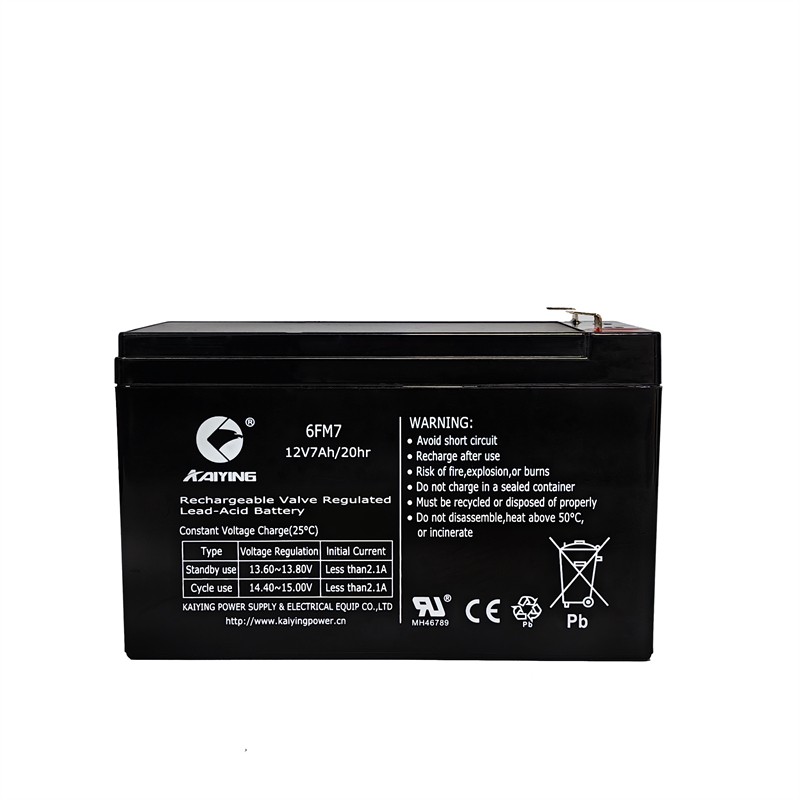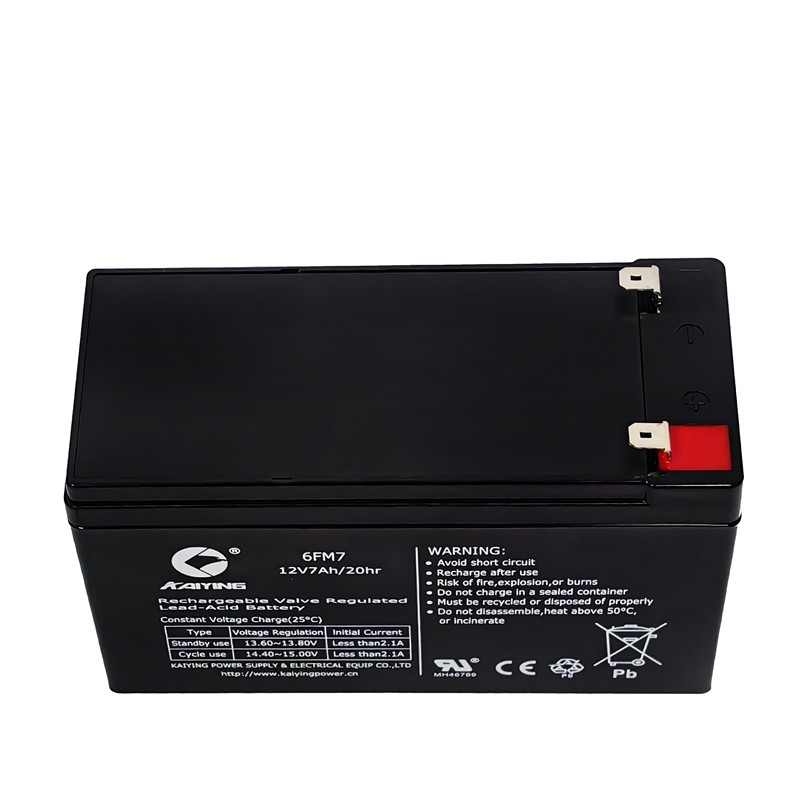
In modern urban living, elevators have become an indispensable vertical transportation tool in high-rise buildings. The safe operation of elevators relies heavily on a stable power supply. When there is a sudden power outage or an emergency occurs, sealed lead-acid batteries as backup power sources for elevators become especially important. Today, let's explore the applications of elevator lead-acid batteries, their maintenance cycles, and how to determine if a battery needs replacement.
Applications of Elevator Lead-acid Batteries
Elevator lead-acid batteries primarily serve as emergency backup power to ensure safe operation during power interruptions. Lead-acid batteries are preferred for their high reliability, safety, and cost-effectiveness. According to the "Elevator Maintenance Rules" (TSG T5002—2017), elevator maintenance projects are classified into semi-monthly, quarterly, half-yearly, and annual categories, including inspections and maintenance of batteries.
Maintenance Cycles
The maintenance cycle for elevator batteries generally follows national regulations and Vrla battery manufacturer recommendations. Typically, it aligns with the elevator's maintenance schedule, categorized into semi-monthly, quarterly, half-yearly, and annual periods. Maintenance tasks vary by cycle, for example, semi-monthly maintenance might involve visual checks of the battery, while annual maintenance could include deeper inspections and necessary replacements. Each cycle involves specific tasks such as cleaning terminals, checking for corrosion, and ensuring the battery housing is intact.
How to Determine If the Battery Needs Replacement
Several methods can help determine if an elevator lead-acid battery needs replacement:
 Visual Inspection: Check for signs of swelling, leakage, or damage.
Visual Inspection: Check for signs of swelling, leakage, or damage.
 Voltage Check: Use professional equipment to measure battery voltage; if it’s below normal operating voltage, a replacement may be needed.
Voltage Check: Use professional equipment to measure battery voltage; if it’s below normal operating voltage, a replacement may be needed.
 Lifespan: Consider replacing the battery if it has been in service for 2-3 years or more. Note that this is a general guideline and actual lifespan can vary.
Lifespan: Consider replacing the battery if it has been in service for 2-3 years or more. Note that this is a general guideline and actual lifespan can vary.
 Performance Test: If the elevator struggles to start or the battery fails to hold a charge, it might be time for a replacement. Specifically, if the elevator takes longer than usual to start or if the battery cannot maintain a charge for the required duration, replacement is advised.
Performance Test: If the elevator struggles to start or the battery fails to hold a charge, it might be time for a replacement. Specifically, if the elevator takes longer than usual to start or if the battery cannot maintain a charge for the required duration, replacement is advised.

Kaiying Power's Lead-acid Batteries
Kaiying Power, as a professional lead-acid battery manufacturer, is committed to producing high-quality batteries. Our products are known for their reliability, long life, and excellent safety performance, widely used in critical infrastructure like elevators. Our batteries are designed and manufactured strictly following national standards and industry regulations, ensuring each battery provides stable and reliable power support when needed most.
In summary, elevator lead-acid batteries are crucial for ensuring safe elevator operation. Regular maintenance and inspections can ensure that the battery functions properly in emergencies. Choosing trustworthy sla battery suppliers like Kaiying Power is a wise choice for guaranteeing elevator safety. Regular monitoring and timely maintenance are key to preventing unexpected breakdowns and ensuring the smooth operation of elevators, thereby enhancing overall urban safety and convenience.


